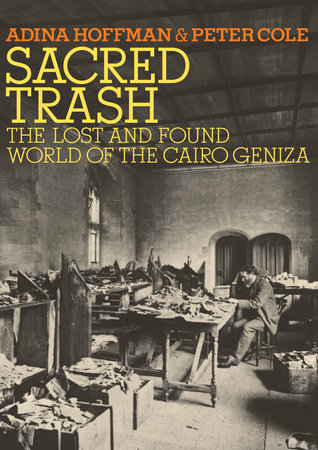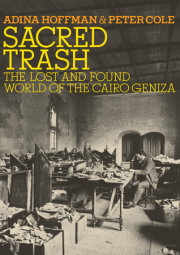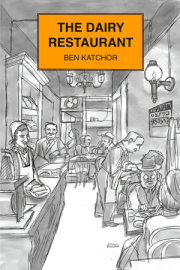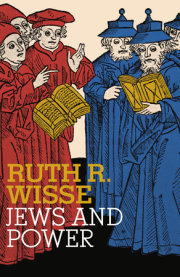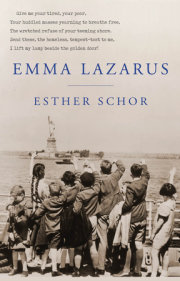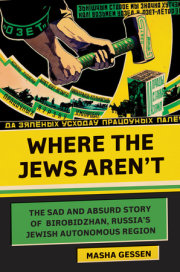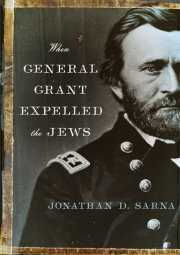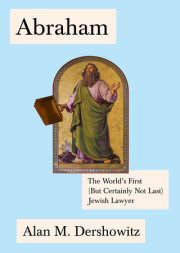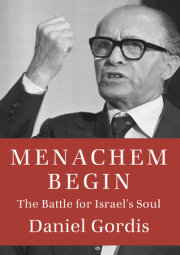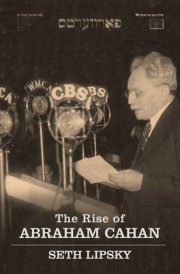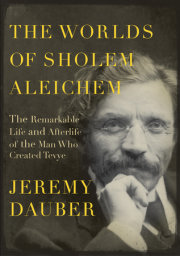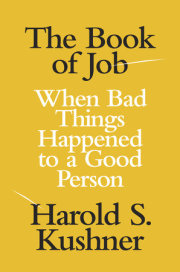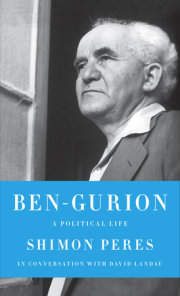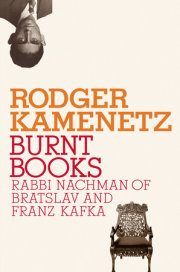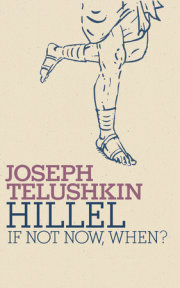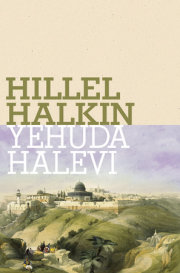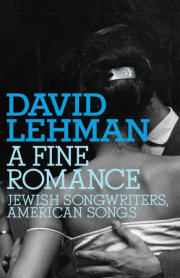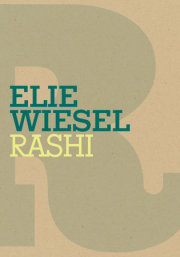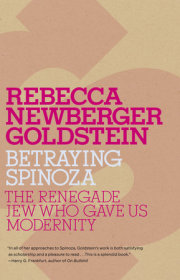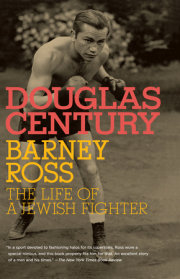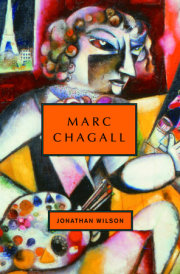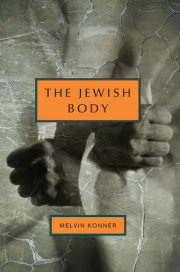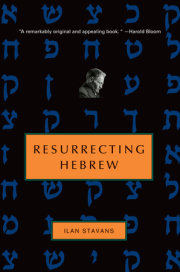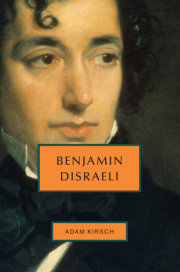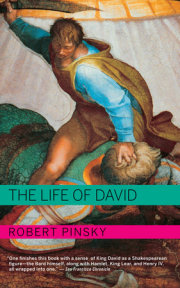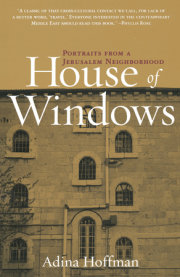1
Hidden Wisdom
Cambridge, May 1896
When the self-taught Scottish scholar of Arabic and Syriac Agnes Lewis and her no-less-learned twin sister, Margaret Gibson, hurried down a street or a hallway, they moved—as a friend later described them—“like ships in full sail.” Their plump frames, thick lips, and slightly hawkish eyes made them, theoretically, identical. And both were rather vain about their dainty hands, which on special occasions they “weighed down with antique rings.” In a poignant and peculiar coincidence, each of the sisters had been widowed after just a few years of happy marriage to a clergyman.
But Mrs. Lewis and Mrs. Gibson were distinct to those who knew them. Older by an entire twenty minutes, Agnes was the more ambitious, colorful, and domineering of the two; Margaret had a quieter intelligence and was, it was said, “more normal.” By age fifty, Agnes had written three travel books and three novels, and had translated a tourist guide from the Greek; Margaret had contributed amply to and probably helped write her sister’s nonfiction books, edited her husband’s translation of Cervantes’ Journey to Parnassus, and grown adept at watercolors. They were, meanwhile, exceptionally close—around Cambridge they came to be known as a single unit, the “Giblews”—and after the deaths of their husbands they devoted themselves and their sizable inheritance to a life of travel and study together.
This followed quite naturally from the maverick manner in which they’d been raised in a small town near Glasgow by their forward-thinking lawyer father, a widower, who subscribed to an educational philosophy that was equal parts Bohemian and Calvinist—as far-out as it was firm. Eschewing the fashion for treating girls’ minds like fine china, he assumed his daughters were made of tougher stuff and schooled them as though they were sons, teaching them to think for themselves, to argue and ride horses. Perhaps most important, he had instilled in them early on a passion for philology, promising them that they could travel to any country on condition that they first learned its language. French, Spanish, German, and Italian followed, as did childhood trips around the Continent. He also encouraged the girls’ nearly familial friendship with their church’s progressive and intellectually daring young preacher, who had once been a protégé of the opium-eating Romantic essayist Thomas de Quincy.
After their father’s sudden death when they were twenty-three, Agnes and Margaret sought consolation in strange alphabets and in travel to still more distant climes: Egypt, Palestine, Greece, and Cyprus. By middle age they had learned, between them, some nine languages—adding to their European repertoire Hebrew, Persian, and Syriac written in Estrangelo script. Having also studied the latest photographic techniques, they journeyed extensively throughout the East, taking thousands of pictures of ancient manuscript pages and buying piles of others, the most interesting of which they then set out to transcribe and translate.
As women, and as devout (not to mention eccentric and notoriously party-throwing) Presbyterians, they lived and worked on the margins of mostly Anglican, male-centered Cambridge society—women were not granted degrees at the town’s illustrious university until 1948—and they counted as their closest friends a whole host of Quakers, freethinkers, and Jews. Yet Agnes’s 1892 discovery at St. Catherine’s Monastery in Sinai of one of the oldest Syriac versions of the New Testament had brought the sisters respect in learned circles: their multiple books on the subject ranged from the strictly scholarly A Translation of the Four Gospels from the Syriac of the Sinai Palimpsest to the more talky and popular How the Codex Was Found. Somehow the rumor spread that Mrs. Lewis had just happened to recognize a fragment of the ancient manuscript in the monastery dining hall, where it was being used as a butter dish. In fact, the codex was kept under tight lock and key, and its very fragile condition—to say nothing of its sacred status—certainly precluded its use by the monks as mere tableware. It took serious erudition and diplomacy for the twins to gain access to the manuscript in the monastery library; they then worked painstakingly over a period of years to decode the codex, as it were. “The leaves,” wrote Agnes, “are deeply stained, and in parts ready to crumble. One and all of them were glued together, until the librarian of the Convent and I separated them with our fingers.” She and Margaret proceeded to photograph each of its 358 pages and, on their return to Cambridge, processed the film themselves and labored over the text’s decipherment. Later they arranged for an expedition of several distinguished Cambridge scholars to travel with them to Sinai, where they worked as a team, transcribing the codex as a whole.
All these far-flung intellectual adventures had been exciting but also exhausting. And although the twins had resolved to spend a quiet season in Cambridge, immersed in the proofs of the various texts they had lately copied from manuscript, they set out in the early spring of 1896 on still another Middle Eastern trip—their third in almost as many years—bound for Palestine and Egypt. The reason for the journey was reported later in what sounds like deliberately vague terms: “News we received from Cairo,” Agnes wrote enigmatically, “seemed to indicate that there might be some chance of our finding something there.” Weary as they were from their previous travels, they had not been eager to take this particular trip, “and yet,” as she would admit in retrospect, “it had not been the least fruitful in results.”
This understatement was typical of Agnes, and gives little sense of the startling events that had come to pass one historic May day in 1896, soon after the twins’ return. Suffering from what her sister, Margaret, described as “a severe rheumatic illness, caused by undue exposure on the night when we had lost our tents in the valley of Elah,” Agnes had decided that morning to stretch her legs. While out strolling in downtown Cambridge, she was especially glad to bump into a good friend— and, strangely, another twin who also took great pride in his beautiful hands—the Romanian-born Talmud scholar, Solomon Schechter.
Even more of an oddball in the donnish context of Cambridge than Agnes and Margaret, the very Jewish, very blustery Schechter must, too, have cut a remarkable figure as he strode down King’s Parade. With his bushy, red-tinted beard, unruly hair, and tendency to gesticulate broadly as he spoke, Schechter had been known to set off in the broiling heat of midsummer wrapped up in a winter coat and several yards of scarf. An acquaintance remembered first meeting Schechter, with “his dirty black coat, smudged all over with snuff and ashes from his cigar, hands unwashed, nails as black as ink, but rather nice fingers, beard and hair unkempt, a ruddy complexion... One ear was stuffed full of wool, hanging out, and he was always very abrupt in his speech.” Another recalled that his socks never matched. His resemblance to a bag lady apart, there was, as another colleague put it, “the magic of prophecy about the man.” He also had, his wife would write years later, “a genius for friendship; he loved people and they loved him.” Since his 1890 arrival in Cambridge, where he was first given the odd title Lecturer in Talmudic and later appointed Reader in Rabbinics, Schechter had gained the deep respect and affection of a range of the town’s leading intellectuals, including the radical Scottish Bible scholar and Arabist William Robertson Smith (who arranged for Schechter to join Christ’s College, where special kosher meals were prepared whenever he came to dine); the Africa explorer Mary Kingsley (with whom he much enjoyed swearing); and the pioneering anthropologist and reclusive author of The Golden Bough, James Frazer, perhaps Schechter’s best friend at the time. The two took walks together several days a week, discussing as they rambled “all things, human and divine.” Frazer himself praised Schechter as “great in his intellect and learning, greater even in the warmth of his affections and his enthusiasm for every high and noble cause.”
By turns fierce, warm, brusque, tender, biting in his wit, and thundering in his manner, “the king in any society in which he found himself,” Schechter was often described in peculiarly zoological terms. Now he was “a demanding lamb,” now an eagle or a bear. “I can see him in my mind’s eye, at the height of a debate,” wrote yet another friend, “rising from his chair, perhaps kicking it down, and pacing... the room, like a wounded lion, roaring retorts.” Lamb or jungle cat, he inspired awe and devotion in most people, though one imagines that the formidable Agnes Lewis would not even have blinked as she sailed—however arthritically—toward Schechter that day in the street.
She and Mrs. Gibson had, she hastened to tell him, spent the last few weeks developing the photographs and sifting through the manuscripts they’d brought back from their most recent trip. Their purchases included what Agnes would later describe as “a bundle of documents from a dealer in the plain of Sharon... [and] a similar bundle bought in Cairo.” Margaret, whose turn it was to do the sorting, had managed to identify most of the items that they’d carted home in a trunk—and which had almost been confiscated by overzealous customs officials in Jaffa. She had worked her way through the Hebrew fragments and set aside what she deemed parts of “the Canonical Books of the Old Testament” (the only sections of the Hebrew Bible that she, as a good Presbyterian, would know), assuming that the others were either talmudic passages or “private Jewish documents.” But the twins were eager for Schechter to have a look at some of the items whose contents they did not recognize.
Schechter, of all people, might be able to identify the scraps. Remembered by Romanian relatives and acquaintances as having been the wildest boy in his hometown, one who “constantly had to be pulled down from the top of the chestnut trees,” he had also been a prodigy. It was said that Shneur Zalman Schechter knew the Pentateuch by heart at five. And although he was by now almost fifty and—as the Anglicization of his first name indicated—had traveled a long way in both physical and psychic terms from his Hasidic Russian family in the small Moldavian town of Focsani (as had his twin brother, Yisrael, who had immigrated to the Jewish agricultural settlement of Zichron Yaakov in Palestine the same year that Schechter moved to England), he brought with him a prodigious Jewish learning, as well as a voracious appetite for all kinds of knowledge, classical and contemporary. Perhaps best known to twentyfirst-century American Jews as the man for whom the Conservative movement’s network of day schools is named, Schechter had been ordained a rabbi in Vienna and applied himself to the Palestinian Talmud at Berlin’s influential new school of liberal Jewish learning, the Hochschule für die Wissenschaft des Judentums; he’d become skilled at the analysis of ancient manuscripts and absorbed a wide range of subjects at that city’s university—everything from psychology and pedagogy to aesthetics, ancient history, Aristotle’s ethics, and Syriac grammar. Besides a deep knowledge of biblical and rabbinic texts and a solid grounding in the “scientific” methods that had by then come to dominate in German Jewish scholarly circles, he had also developed a passion for German, French, and English literature.
When he first came to England in 1882—hired to serve as a tutor in Talmud to the aristocratic young Oxford-and-Berlin-trained theologian Claude Montefiore—he had not known a word of English. “The only phrase he had begged Montefiore to teach him,” according to his wife, Mathilde, “was ‘weak tea,’ for he could not stand the strong tea the English used to drink.” But he’d learned the language with typical rapidity, by sitting with his Hebrew Bible, the English translation, and a dictionary—then moving straight on to George Eliot. Herself an avid bookworm and elegant writer, Mathilde described her husband as a “tremendous reader” who took in “every good novel that appeared,” devouring essays, philosophy, history, and theology. He’d wooed Mathilde with the satirical and none-too-romantic Book of Snobs by Thackeray, and it was joked that a more accurate title for Schechter than Reader in Rabbinics would have been “Reader in Fiction.” He was especially fond of critical works by Charles Lamb, Leslie Stephen, and Matthew Arnold and had a particular fascination with anything written about the French Revolution and the American Civil War (Lincoln was a hero); he “loved Schiller and Heine above all.” He also adored The Vicar of Wakefield and “boys’ books like ‘Treasure Island’ and ‘Robinson Crusoe.’ ”
No knowledge of Robert Louis Stevenson or Daniel Defoe, however, was necessary on this particular May day, and when—just a short time after meeting Schechter in town—Agnes arrived home at Castlebrae, the twins’ stately Gothic Revival mansion, she found Schechter already huddled over the large dining-room table, intently examining the fragments that Margaret had spread across its surface.
Without much ado, he identified one vellum leaf as a rare and valuable page from the Palestinian Talmud.
“Then,” according to Agnes, “he held up a dirty scrap of paper. ‘This too is very interesting; may I take it away and identify it?’ ‘Certainly,’ ” she said.
In Margaret’s own account, “I noticed that his eyes were glittering.”
Although the scrap looked, in Margaret’s words, “as if a grocer had used it for something greasy,” Schechter, it seems, realized its importance almost instantly, and within an hour of his racing from Castlebrae with the two items, the twins received a telegram from the Cherry Hinton Road post office, just around the corner from the Schechters’ gabled brick house on Rock Road:
fragment very important; come to me this afternoon
Probably accustomed to a certain easy agitation in their friend, the twins did not go rushing out to meet him, but sat down to lunch—at which point a letter arrived, splattered with unblotted ink and scrawled on Cambridge University Library stationery in Schechter’s lurching hand. Agnes realized that it had, in fact, been sent before the telegram and that they should eat as quickly as possible and get themselves over to Rock Road. (Schechter’s sense of urgency was such that he scrambled morning and night, writing p.m. for a.m.)
13/5/96 Dear Mrs Lewis
I think we have reason to congratulate ourself ourselves. For the pice fragment I took with me represents a piece of the original Hebrew of Ecclesiasticus. It is the first time that such a thing was
discovered. Please do not speak yet about the matter till to-morrow. I will come to you to-morrow about 11 p.m. and talk over the matter with you how to make the matter known.
In haste and great excitement yours sincerely,
S. Schechter.
Schechter’s plea for secrecy bubbled up from the fact that the original Hebrew of this apocryphal book—also known as Ben Sira—had been missing for nearly a millennium and survived, it was generally believed, only in its Greek and Syriac translations. The haste and great excitement with which he announced the discovery of this text would, however, soon give way to elation of a far more enduring and varied sort, as, within months, it brought Schechter to travel to Egypt and haul away one of the greatest finds unearthed in modern times: the astonishing cache of documents that has come to be known as the Cairo Geniza.
Copyright © 2011 by Adina Hoffman. All rights reserved. No part of this excerpt may be reproduced or reprinted without permission in writing from the publisher.

